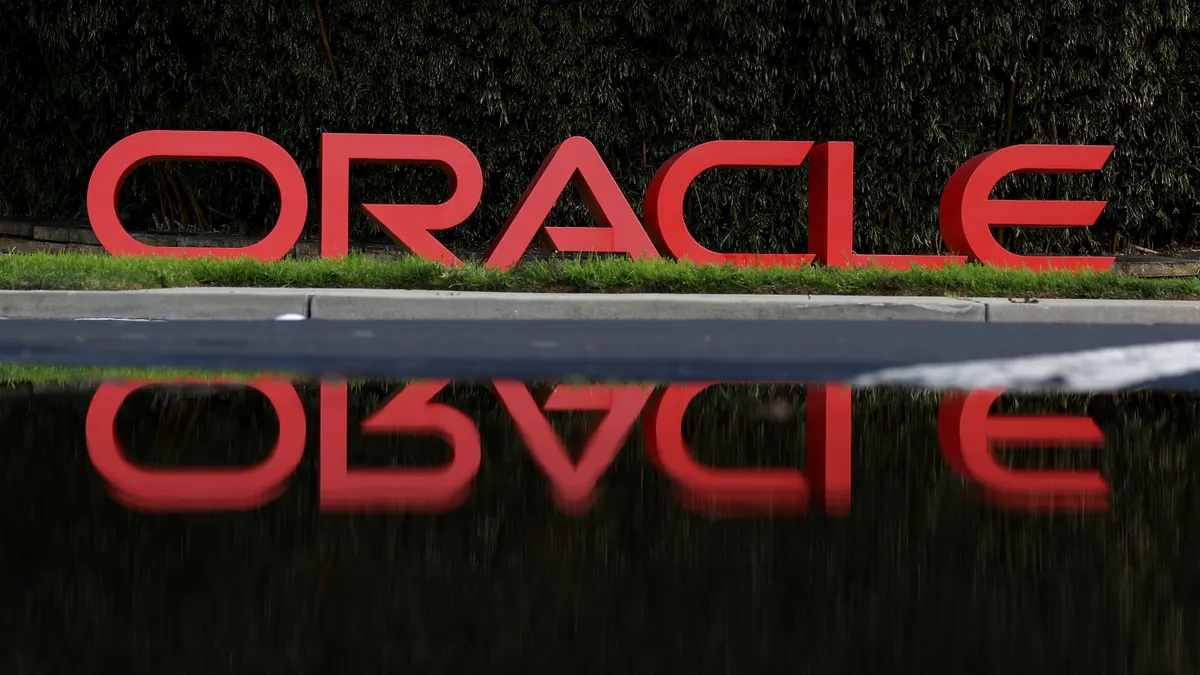Senior partner at Infosys Consulting, Alex Collevecchio, has over 25 years of expertise as a financial manager and digital/AI strategist. He spoke with CFO Dive Tuesday about the CFO role evolution, sharing his tried and true tactics for maintaining order during transition and how CFOs can stay ahead of the digital curve.
According to Infosys, the original CFO responsibilities were paying bills, collecting revenue, recording transactions, budgeting, external reporting to ensure compliance, and the like. But with the rapid acceleration of technology, the CFO is now expected to assume more responsibilities, transforming into a “digital” CFO.
Infosys, and Collevecchio named a handful of key areas where progress must be made, including intelligent enterprises, deploying ERP core technologies, implementing experience management tech for shareholders, fine-tuning a human-machine workforce balance, and integrating fintech tools to realign enterprise performance.
But recent studies have shown that up to 80% of digital transformation projects fail, at least over the short-term. Is there a way for CFOs to reassure the CEO, investors and analysts that large-scale projects Infosys suggests implementing are the right way to go?
“I view digitization as a band-aid solution,” Collevecchio said. “You can put analytics in here, blockchain there, but It doesn’t really re-envision anything. We have to take a bottom-up approach. What’s emerging in technology? What can be supported to more of the business side?”
Collevecchio opts for re-envisioning the entire business model when implementing new technology. This, he says, keeps the entire organization in step. “It’s more holistic in its view, and I’m not sure that a lot of organizations are following that model,” Collevecchio said. “I think they’re focused more on point solutions.”
Collevecchio said it’s hard to know when, precisely, a CFO can expect to see a return on investment (ROI) for these digital transformation projects.
“In the 1990s, we did a lot of cost reduction in the CFO office,” Collevecchio explains. “We did reengineering, process improvement, and thought about where we could cut out the fat, and make our processes more efficient. How can we do this today?”
Drawing on his decades of experience consulting for Infosys, Colleveccio says that your best chances of getting a return on investment is by turning processes over to robots and bot farms.
“[The bots and RPA] take care of the heavy lifting on the transactional business process activities and free people, including the CFO, up to work on higher-level strategic initiatives,” he said. “When you do that, you actually reduce the cost within the office of the CFO. I would say within two years of actually implementing something like this, just on the RPA side of the house, you would reap the benefits.”
There are several roadblocks companies may see between their current processes and potential RPA implementation. But even if you don't see a positive ROI right away, are there metrics you can track to show digital transformation is creating value for the enterprise?
“Of the top Fortune 500 companies in the year 2000, I think 53% of them are no longer here today. They’ve gone bankrupt, or they’ve been acquired. They’ve been disrupted, which is what my clients are worried about,” Collevecchio said. “[Companies] fear going bankrupt, being disrupted, or becoming irrelevant in the market. There are underlying cost savings that can be realized, but what I’m getting at is that the key metric is that you’re still in business, thriving. [...] The value of staying in business is the metric.”
Collevecchio acknowledges the amalgam of ways in which implementing new technology and abandoning trusted operations and strategies can be dangerous. “With risk and volatility increasing, there are a lot of unprecedented challenges for the office of the CFO,” he said. “There’s also a sense of urgency today; you can no longer take a rearview mirror view of what your enterprise is doing. You need to take a strategic approach, and add value to your CEO and board.”
He put it simply: “If I come across a CFO that doesn’t see that need to make the change, then I know they won’t be around for long, and I’ll wait for the next CFO to be put in place, and I’ll work with them.”
At the end of the day, however, Collevecchio thinks the CFO is perfectly positioned within an enterprise to really lead the digital transformation change. By improving their specific organization firstly within the office of the CFO, they can model a pilot program that expands throughout the rest of the business, which Collevecchio calls a substantial opportunity.




















